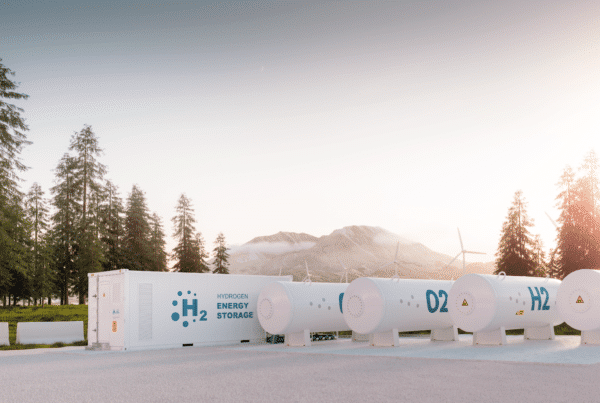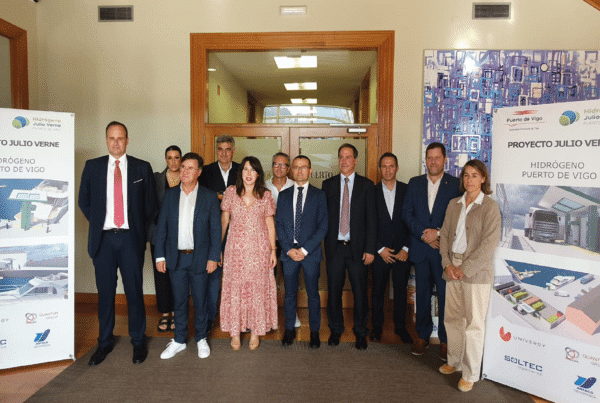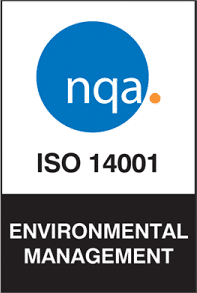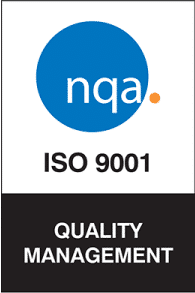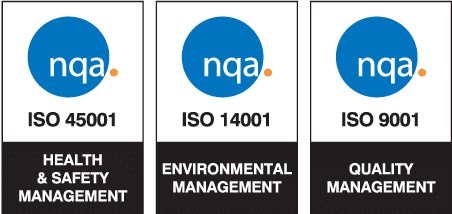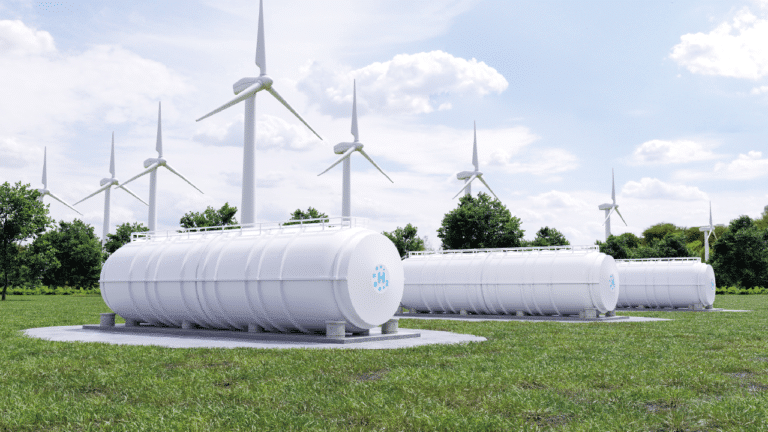
What types of electrolyzers can we find?
There are different types of electrolyzers, but the most common are the following:
Alkaline electrolyzers: are those that use an alkaline solution usually potassium hydroxide (KOH), as an electrolyte. It is a kind of electrolyzer mature and widely used for large-scale hydrogen production.
Proton exchange membrane (PEM) electrolyzers: employ a polymer membrane as the electrolyte, and is suitable for smaller, portable applications. It is known for its high efficiency and quick response.
Solid oxide electrolyzers (SOEC): use a solid ceramic electrolyte at high temperatures. This type of electrolyzer is more efficient in producing hydrogen from thermal energy sources.
How do electrolyzers work in the production of green hydrogen?
- Electrolyzers are devices specifically designed to carry out the process of electrolysis of water. In this process, an electric current is passed through water (H2O), which breaks down into its building blocks, hydrogen (H2) and oxygen (O2). The chemical reaction is as follows: 2H2O (liquid) → 2H2 (gaseous) + O2 (gaseous).
- For hydrogen production to be considered “green,” the electricity used in the electrolysis process must come from renewable energy sources, such as solar panels or wind turbines. Renewable energy will be used to power the electrolyzers and generate the electric current needed for electrolysis.
Electrolysers are essential for the production of green hydrogen as they allow water to be broken down into hydrogen and oxygen using electricity from renewable sources, contributing to the transition to a more sustainable economy and reducing dependence on fossil fuels


